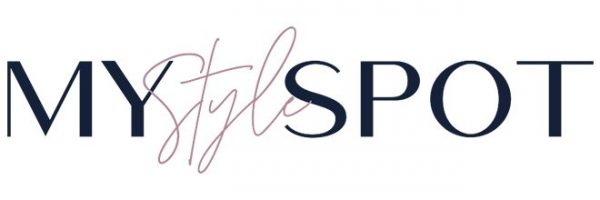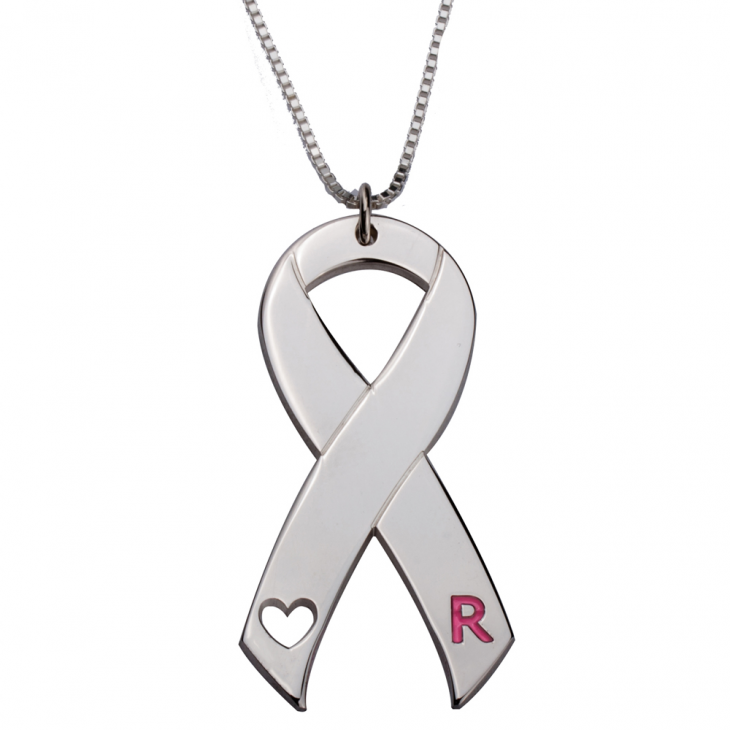At a recent annual trip to the OB/GYN, I was once again reminded of the importance of doing self-breast exams. I’ve been reminded year after year and keep promising my doc the same thing, “Yes, I will start checking monthly.” and then…I never do. I leave with the intentions that I will be better and really will remember to feel up my ta-tas each month, but that time comes, and I forget. Month, after month, after month, and before I know it, a year is up and I’m back at my doctor’s office promising the same thing again for the next year.
Why is performing a self-breast exam so hard for so many of us? Is it the fear of what we might find? Unfortunately, I believe this probably rings true for most of us. Ignorance is Bliss as they say, and it’s easier to not do, then to do and find something that might make us feel uncomfortable, because heaven forbid we ever feel uncomfortable!
The unfortunate truth is that 1 out of 8 women will be diagnosed with breast cancer at some point in her life. That’s scary odds. But the good news is that the early detection survival rate has increased to 100% – meaning if you catch it early, you’re going to survive! When you look at it that way, it’s really not so scary to perform those monthly checks and get your yearly mammogram.
Breast Cancer is the most commonly diagnosed cancer in women. It is the second leading cause of cancer death in women. Luckily thanks to early detection and better scanning through the use of mammograms, death rates for breast cancer have steadily been declining since 1990.
Risk Factors for Breast Cancer
There are certainly some risk factors to be aware of when it comes to breast Cancer. Here they are, so read up on them and keep in mind what you need to be on the lookout for, or what things maybe you could improve on to lessen your risk.
- Getting older. It’s unfortunate, but the older we get, the more susceptible we are. The breasts become more dense, which puts you at increased risk.
- Certain Inherited Genes. Unfortunately something else you can’t change but it’s good to be aware of to know you’re own level of risk. 5-10% of breast cancer could be do due to the hereditary of your genes, and doctors have pinpointed the mutation of BRCA1 and BRCA2 to have a higher risk of breast cancer. Genetic Texting can be done to see if you’re at risk of having one of these genes that may put you more at risk.
- Having a Family History of Breast Cancer. Having a first-degree relative can double your risk of getting it. Know your family history and keep your doctor updated on your routine annual visits.
- Having a Personal History of Breast Cancer. If you’ve gotten it before, you are at higher risk than those who have never had breast cancer.
- Your Race and Ethnicity. Research has shown that caucasian women are slightly more likely to develop breast cancer than African-American women. But African- American women are more likely to die from it. Stay up with those monthly and yearly breast exams ladies!
- The Higher the exposure to Estrogen, the more increased risk of getting Breast Cancer. Some of these things that have exposed you to Estrogen are: Starting Menstruation before age 12; having hormone therapy after menopause; and taking birth control pills.
- Being Overweight or Obese after menopause. Most estrogen comes from fatty tissue. Having more of it increases your risk of being diagnosed with Breast Cancer.
- Drinking Alcohol – Those who drink more, and more often are at higher risk, so limit alcohol consumption.
- Lack of Physical Activity. Working out is great for so many reasons. It has been found that working out regularly will even decrease your odds of getting Breast Cancer, so be sure to work up a sweat often!
- Not Having Children. Women who have not had children or who had children after the age of 30 may have a slightly higher breast cancer risk. Breastfeeding has also been shown to decrease the risk of breast cancer,
Now that you know the risk factors, here are some steps to take to detect Breast Cancer early.
3 Steps to Early Detection
1. Monthly Breast Exams. Like my doctor keeps addressing with me, if you know your breasts well, you will know when something unfamiliar pops up.
How to Do a Self Breast Exam:
- Stand in the mirror and look at the shape of your breasts. Look for anything out of the ordinary. Notice if breasts are a different shape, color, or size than usual. Look for any swelling, dimpling, puckering, or bulging of the skin, as well as rash, redness, or soreness. Also, pay attention to the nipple. Look for any discharge, or if the nipple has changed position and become inverted and sticking in instead of sticking out. If any of these things have occurred, schedule a visit with your doctor.
- Raise your arms and look for changes while still standing in the mirror.
- Lie on your back, put your elbow under your head and place a pillow under your elbow. Examine that breast with your other hand. Keeping fingers flat, use a lighter touch on the nipple and area surrounding. Gradually work your way out in small circles (about the size of a quarter), increasing pressure as you work your way to the outer edges of the breast. Also be sure to feel around in and around the tissue of the armpit. You can also increase the size of the circles as you reach the outer edges and use a grid (up and down) pattern to feel the entire surface of the breast as well. Repeat with opposite breast.
2. Get your Annual Checkup with your OB/GYN – Along with your routine pap smear, your doctor will also perform a quick breast exam to look for any lumps or abnormalities.
3. Get your Yearly Mammogram after the age of 40. Using x-ray technology, your doctor can detect cancerous tumors and other breast abnormalities before they become detectable to the touch. Mammograms are safe and effective and a great tool to use once you start to age.
October is Breast Cancer Awareness month, and by creating awareness, you can help others remember to get in to see their doctor for their annual checkup or mammogram, and to do their at-home self-breast checks, and help save lives!
Some great sources for visiting to help generate awareness as well as help you on your healthy path of living, are the NBCF (National Breast Cancer Foundation), BreastCancer.org., and Cancer.org.
What You Can Do Now to Help Raise Awareness:
- Donate! Help fund researchers in their quest for finding a cure.
- Get involved in a Breast Cancer Awareness Walk.
- Help raise awareness in your neighborhood and community. Talk to your loved ones and make sure they’re getting their annual checks!
- Don the Pink Ribbon to remind others to have their breasts checked! Onecklace has designed a lovely range of pink ribbon jewelry with 15% of the proceeds being donated to breastcancer.org. All items are made from sterling silver 925 and can be plated with 24k gold in rose or yellow, if requested. Also, All items from the Pink Ribbon Collection are currently on Sale for the Month of October!
Together, we can help do our part! Join the cause, create awareness, and take care of those lovely ta-tas by getting them routinely examined!
Happy Healthy Days Ahead!

